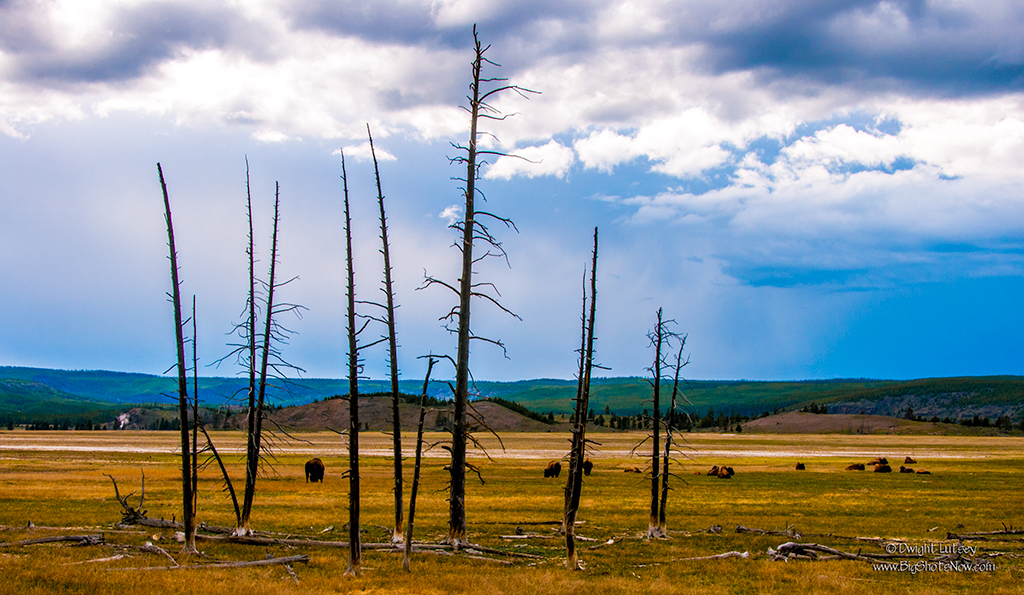
Over the last few days we have been sharing items from our semi-annual inspection report of Yellowstone National Park. Every year we have made the arduous journey from The Institute compound, I mean campus, to our favorite national park to provide the public at large a comprehensive overview of the conditions and state of the various park elements. This year was no different. We worked hard to cover every line item on our report, no matter how small or large it appeared to be, we were up at the crack of noon, trudging into the park with all of gear, sometimes doing with only three or four cups of tea and a huge but hearty breakfast, to get everything done that we needed to do that day.
As noted in our opening post the park passed its inspection with flying colors, but as in every year we have produced this report, the park has been noticeably different each year. Some years, it is the year of the wolf, where you find yourself tripping over them as they scramble to be included in every picture. Some years It is the year of the bison where they deliberately have calves in plain sight, right in front of you, even though the park is rated G. Other years it is the year of the bear, that was this year with the bears so plentiful, some were being excluded from the many pictures taken because they weren’t deemed attractive enough by the more discerning viewer, who wanted only the most photogenic bears in their view finders. I know that seems unfair, but life is unfair, and often unkind.
This year the overall atmosphere of the park was, the year it rained forever. It rained everyday, sometimes three or four times at once. It was hard on our equipment, hard on our interns who had to sleep under the Mothership due to them smelling like the dumpster out behind our favorite Italian restaurant, hard on our ability to stay focused and get our work done. Hard to figure out a way of presenting this in a way that would engender sympathy for us doing a job that most folks would kill for, and whining about a little rain. Well quite a bit of rain actually, but even so.
But in many ways it was amazing. The weather in the park although volatile, is usually incredible. Bright blue skies, huge towering clouds, intense colors, incredible blooms of flowers everywhere you looked, everything approaching perfect nearly all the time. It was a welcome change to see the park under different conditions. To see magnificent storms blow up in moments and have rain so heavy you couldn’t make out the buffalo herd standing twenty-five yards out in the meadows. Normally placid rivers became raging torrents of water, filling their banks, turning small waterfalls into Niagara’s, then just as suddenly stopping, leaving only the sound of raindrops falling from the trees. Places where the mist and fog changed into some kind of fairyland where sound was muffled and huge pine trees would suddenly loom out of the mist as you walked through the woods. It was different but magnificent.
It seems there is change in the park, but then that’s not surprising, seeing as how there is change in the world every where we look. The image above, taken along the Firehole river as you traveled south towards Old Faithful, represents the endless changes in the conditions at the park this year. It is just clearing after a major downpour that had everyone pulling off the road as the windshield wipers couldn’t handle the amount of water falling. The sun is trying it hardest to break through the clouds, unsuccessfully this time, but long enough to get some of that late afternoon light to shine down on the herd as it grazed. The stark trees in the foreground add a melancholy look to the image but they are just symbols of the change happening every day here in the park. Tomorrow they’ll be gone but will be replaced by saplings that are sprouting around their roots. So will some of these buffalo grazing peacefully. Wolves, impossible winters, old age, all will take its toll but if you look closely you’ll see the bright orange of this years calves. They’ll be here next time, older, bigger, ready to take their place in the herd, filling in the spots that are vacant.
Although there has been a valiant attempt to show you the many different items on our inspection report we have been able to show you only a few of them. This is primarily due to space and time constraints, and partially due to the inability of The Director who will often start a project like this only to wander away and be found staring at a bug or something. Totally oblivious of his responsibilities as the chief creator of this report. But as in many other projects we have explored here at The Institute somehow it all gets done. You may be saying to yourselves ” Wait just a darn minute here. Does Yellowstone National Park really need to be inspected twice a year. Or are you just doing this because you get off on being up there, having fun, misplacing interns, watching animals, taking pictures, meeting new people, saying ‘Hey!” to those you already know, getting goose bumps while listening to the Lamar wolf pack howl. We want to know.” To that we can only answer “You figure it out, Einstein.”
Note : To those of you tuning in late the following posts will catch you up on preceding events. There is no extra charge for this service, it is included in the cost of admission. We know you don’t want to miss a minute of our fascinating but undocumented report.
http://www.bigshotsnow.com/the-words-out/
http://www.bigshotsnow.com/yellowstone-passes-inspection/
http://www.bigshotsnow.com/ghosts-in-the-darkness/
http://www.bigshotsnow.com/you-dont-see-that-every-day/
http://www.bigshotsnow.com/now-are-the-foxes/
http://www.bigshotsnow.com/into-each-park-some-rain-must-fall/
http://www.bigshotsnow.com/through-the-keyhole/
http://www.bigshotsnow.com/reflectivity/
http://www.bigshotsnow.com/resolvability/
http://www.bigshotsnow.com/terminal-cuteness/
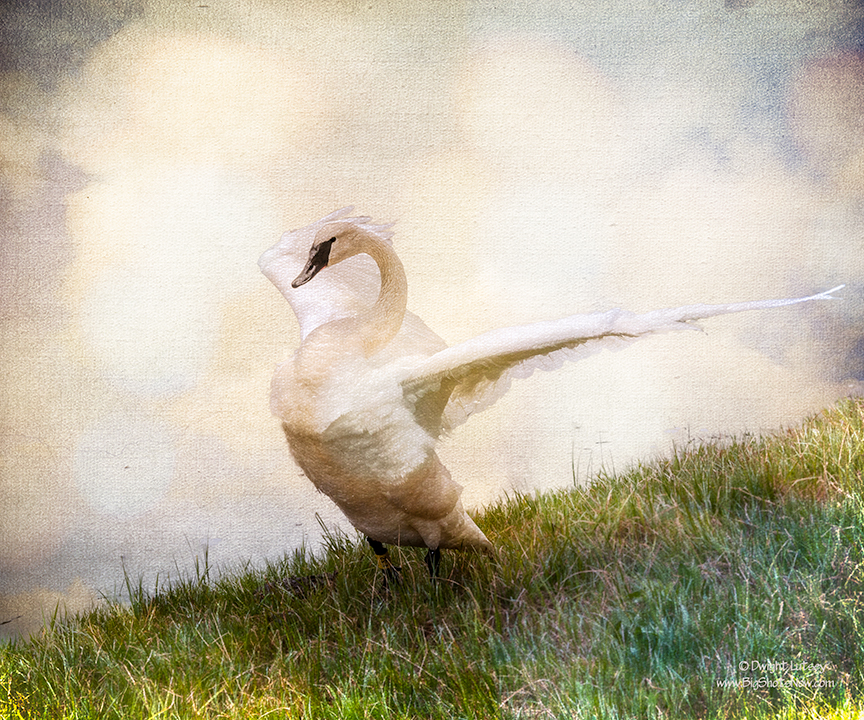

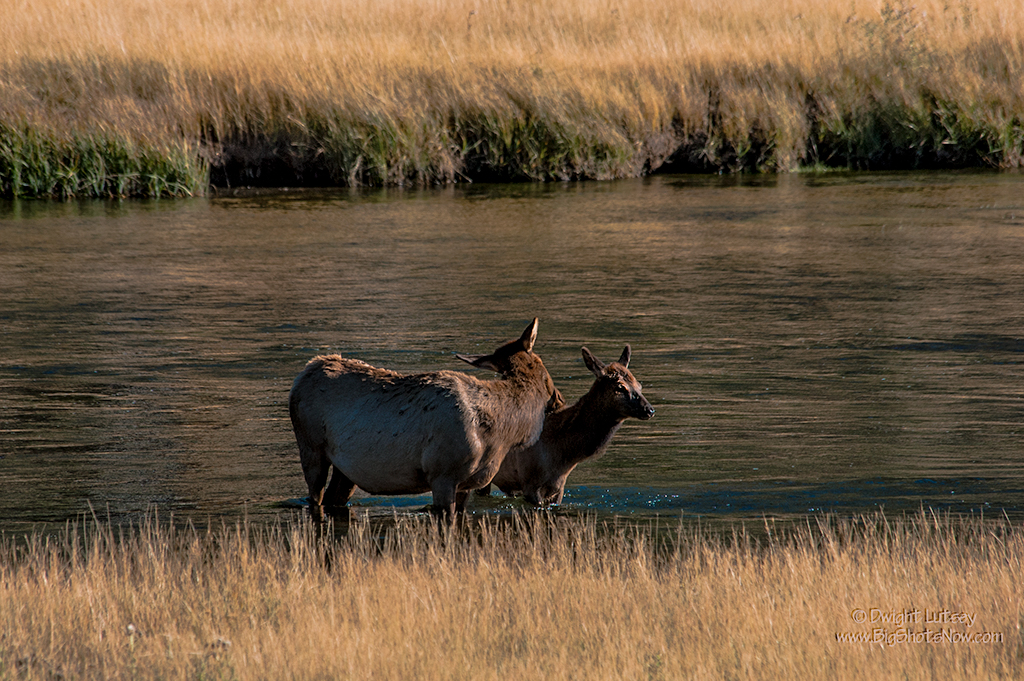


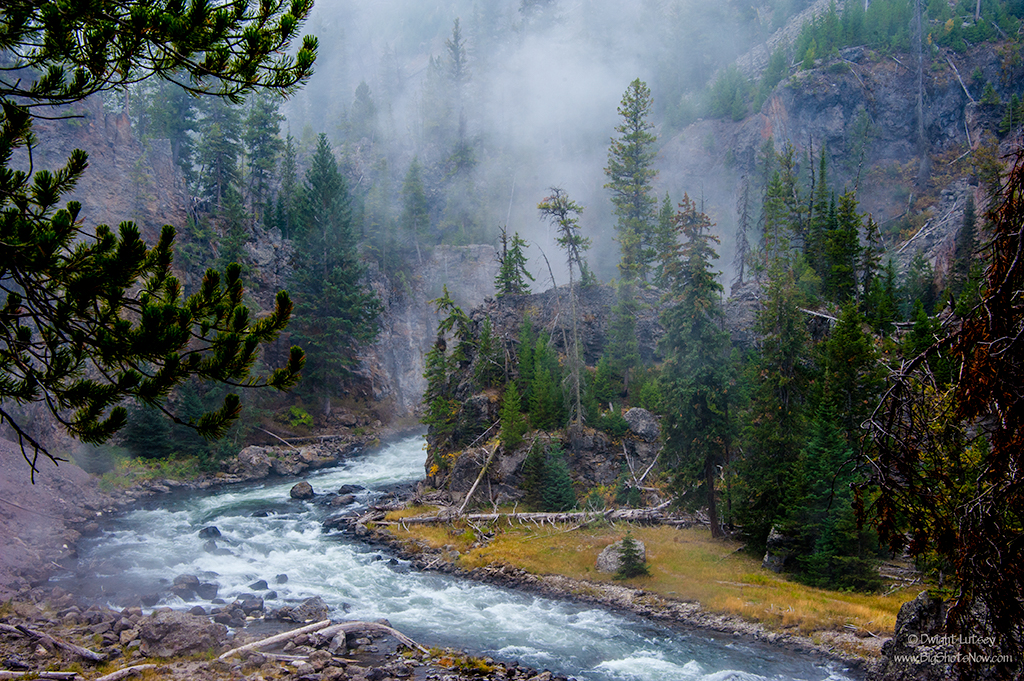
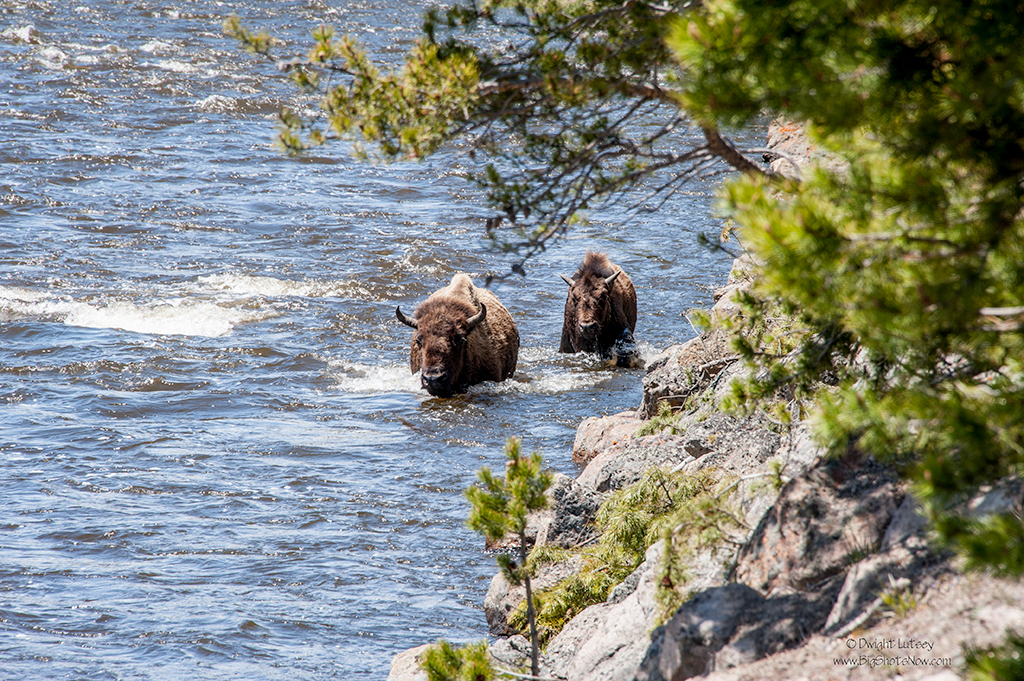
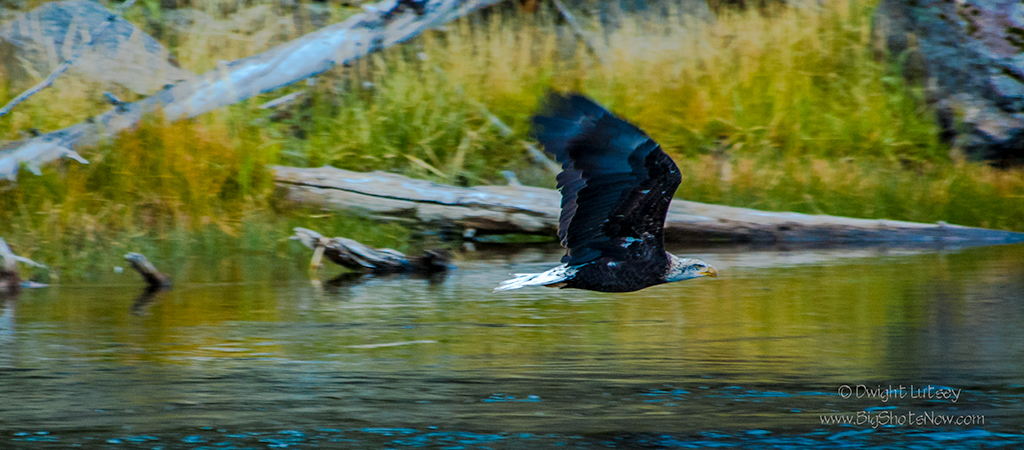
You must be logged in to post a comment.